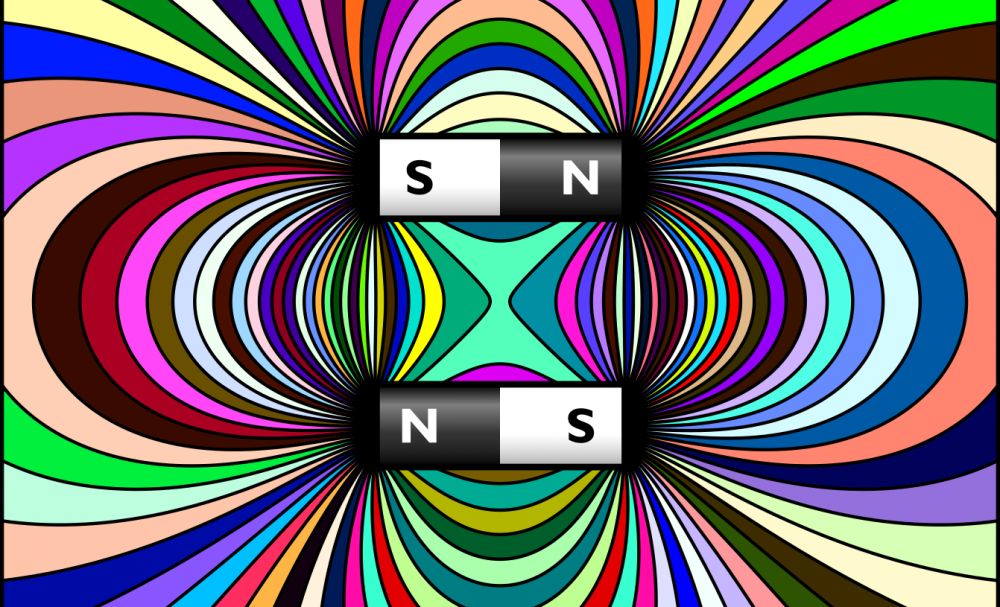Quantum Sensing & Magnetometry – from the Nanoscale up to Geological Explorations
701. WE-Heraeus-Seminar
12 Aug - 14 Aug 2019
Where:
Physikzentrum Bad Honnef
Scientific organizers:
Dr. Lutz Trahms, PTB, Berlin, Germany • Prof. Dr. Fedor Jelezko, U Ulm, Germany • Dr. Ilja Gerhardt, MPI für Festkörperforschung, Stuttgart, Germany

Sensors are a vitally important technology, underpinning, for instance, navigation, geo-prospecting, biological, chemical and materials analysis and characterization, fundamental science from the sub-nano to the galactic scale, as well as determining the fundamental constants. The impact of quantum sensing technologies ranges from ultra-high-precision spectroscopy and microscopy, positioning systems, clocks, gravitational, electrical and magnetic field sensors, to optical resolution beyond the wavelength limit. One of the most advanced applications of quantum sensing is magnetometry. Currently, three approaches of quantum based magnetometry are in a mature state of development, enabling sensitive measurements of magnetic fields at various length and frequency scales:
- Superconducting quantum interference devices (SQUIDs)
- Atomic vapor cells or optically pumped magnetometers (OPMs)
- Diamond sensors
Since more than fifty years, SQUIDs are being used for various applications in biomedicine, material science, geological explorations, as well as in fundamental physics. OPMs or atomic vapor cells have an even longer history. While their performance has lagged behind SQUIDs for many years, their sensitivity has made enormous progress so that today they represent an important alternative for many applications. While SQUIDs still are the absolute record holders, OPMs have the advantage to be independent of costly resources such as liquid helium cryogenics and can easily be miniaturized. Diamond sensor have not yet reached the sensitivity of SQUIDs or OPMs, but their outstanding spatial resolution opens new application areas down to molecular dimensions.
In the light of these exciting developments we aim to bring together the experts of these quantum based metrological developments with the users. The application of quantum based magnetic metrology spans the detection of biological, medical, geological and environmental magnetic fields, as well as the use of ultra- sensitive magnetometry for research in fundamental physics. Communication and cooperation between developers and users is the prerequisite for the identification and definition of future goals in both basic and applied quantum sensing. With the proposed workshop we intend to foster this interaction.
The key questions which will be addressed in the workshop are:
- What sensitivity enhancement allow for novel applications, insights into physical, geological, medical and biological research questions?
- What parameters are requested by the users in terms of operation time, frequency resolution, heading error, size, etc.?
- How far are the developers from the aimed set of parameters? How can the collaboration between developers and users be enhanced?
The conference language will be English. The Wilhelm and Else Heraeus-Foundation bears the cost of full-board accommodation for all participants.

